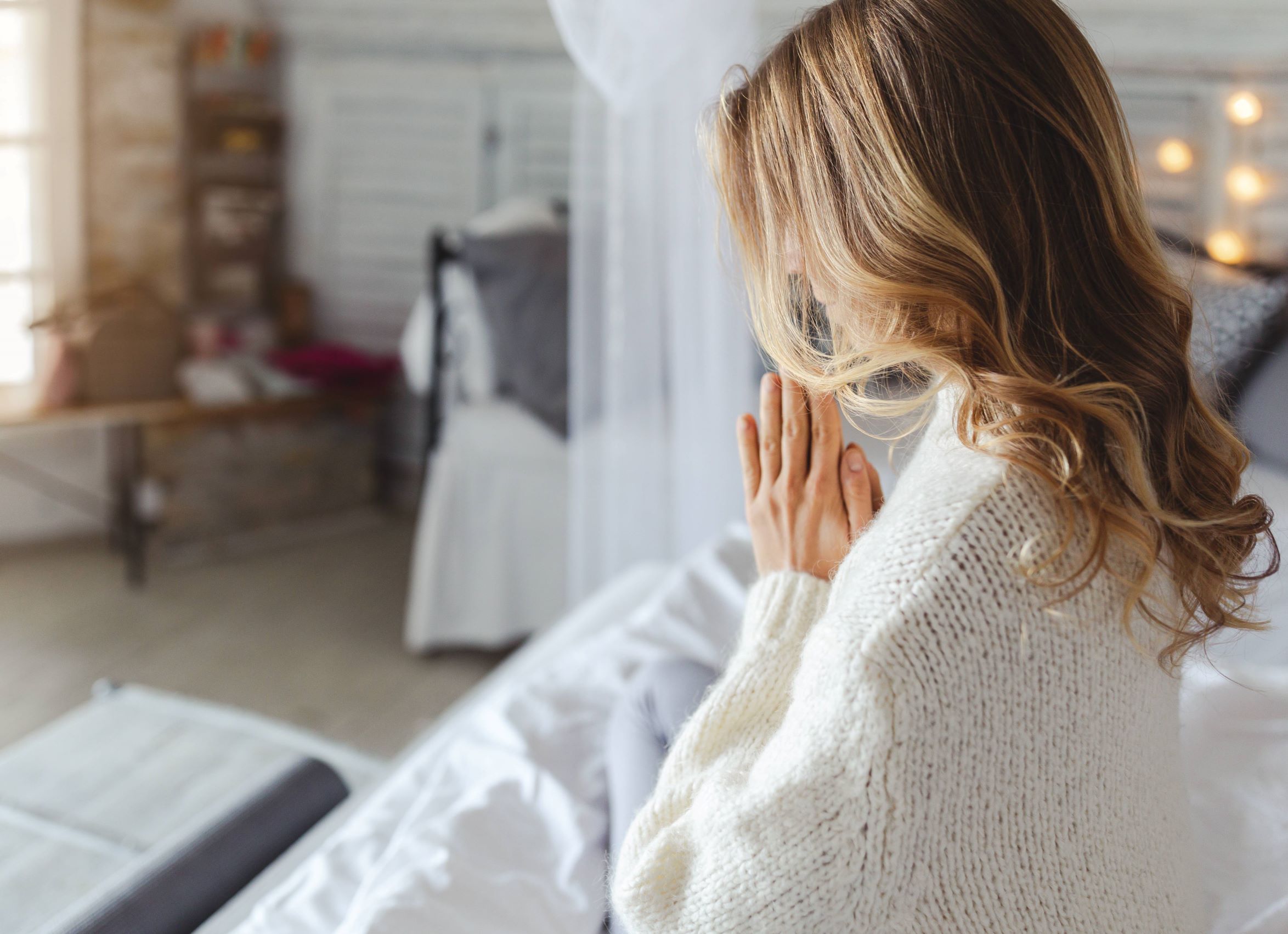Self-care – looking after yourself with yoga
A millennia-old tradition, a secret science, an elitist practice? None of the above! Self-care is simply the highly valuable ability to look after oneself.
 Self-care means to recognise the early signs of stress and fatigue – both physical and mental – in good time and take action by treating ourselves to a short time-out in order to get our breath back and then continue on our way mindfully and with greater energy.
Self-care means to recognise the early signs of stress and fatigue – both physical and mental – in good time and take action by treating ourselves to a short time-out in order to get our breath back and then continue on our way mindfully and with greater energy.
But why do we find this so difficult when it should come so naturally to us? It’s simple: today’s society keeps driving us to perform at our limits, as a result of which we lose the ability to listen to our inner voice and look after ourselves. We are always being told to be kind to others, but let us not forget that our own feelings are also (and especially) important.
So how can we learn to listen to and understand ourselves, and thereby end up stronger than before?
This is much easier than you might think. Even very simple things can give us energy – a hot bath with essential oils, going to bed early instead of watching an episode of the latest TV series, or getting cosy on our favourite armchair at home with a hot herbal tea and starting to read that book we haven’t found time for previously. Despite our busy schedules, let us take time for ourselves and do something to look after ourselves… or even simply do nothing at all!
And then there’s also yoga – the perfect way to look after oneself.
 Let us start with the literal meaning of the word ‘yoga’: unity. Yoga stands for the relationship one has with oneself. A relationship that is based on respect for oneself and faith in one’s own body, mind and breathing. A relationship that is all the more apparent and immediate the more one practises it.
Let us start with the literal meaning of the word ‘yoga’: unity. Yoga stands for the relationship one has with oneself. A relationship that is based on respect for oneself and faith in one’s own body, mind and breathing. A relationship that is all the more apparent and immediate the more one practises it.
By using the different asanas to stretch, strengthen and relax our body, we can create a new state of awareness in which we view our own self from a fresh perspective without passing any judgement on ourselves. To listen within and understand our inner self cannot be achieved overnight, of course. It requires regular and comprehensive training that takes all aspects of yoga into account, such as posture, breathing, meditation, relaxation, mantras…
Try this exercise: square breathing
In the same way that a square has four sides, breathing occurs in four phases: inhaling, holding your breath with full lungs, exhaling, holding your breath with empty lungs.
- In this exercise, we divide breathing up into four equally long phases wile counting 1, 2, 3, 4 (each number representing a second) in order to maintain the rhythm.
- We sit down with our back straight and close our eyes. We place our hands on our knees or in a relaxed position in our lap.
- We breathe in and count from one to four.
- Then we hold our breath and again count from one to four.
- We exhale slowly while counting to four.
- We hold our breath with empty lungs and count again.
- We repeat this exercise in a regular rhythm for 3 to 11 minutes.
More advanced practitioners can increase the number of cycles while always maintaining the same rhythm.
At the end, we take a few minutes to relax our breathing and our body.
This breathing technique helps us find our inner centre. This newly awakened sensibility created by practising yoga is definitely one of the most powerful forms of self-care.




